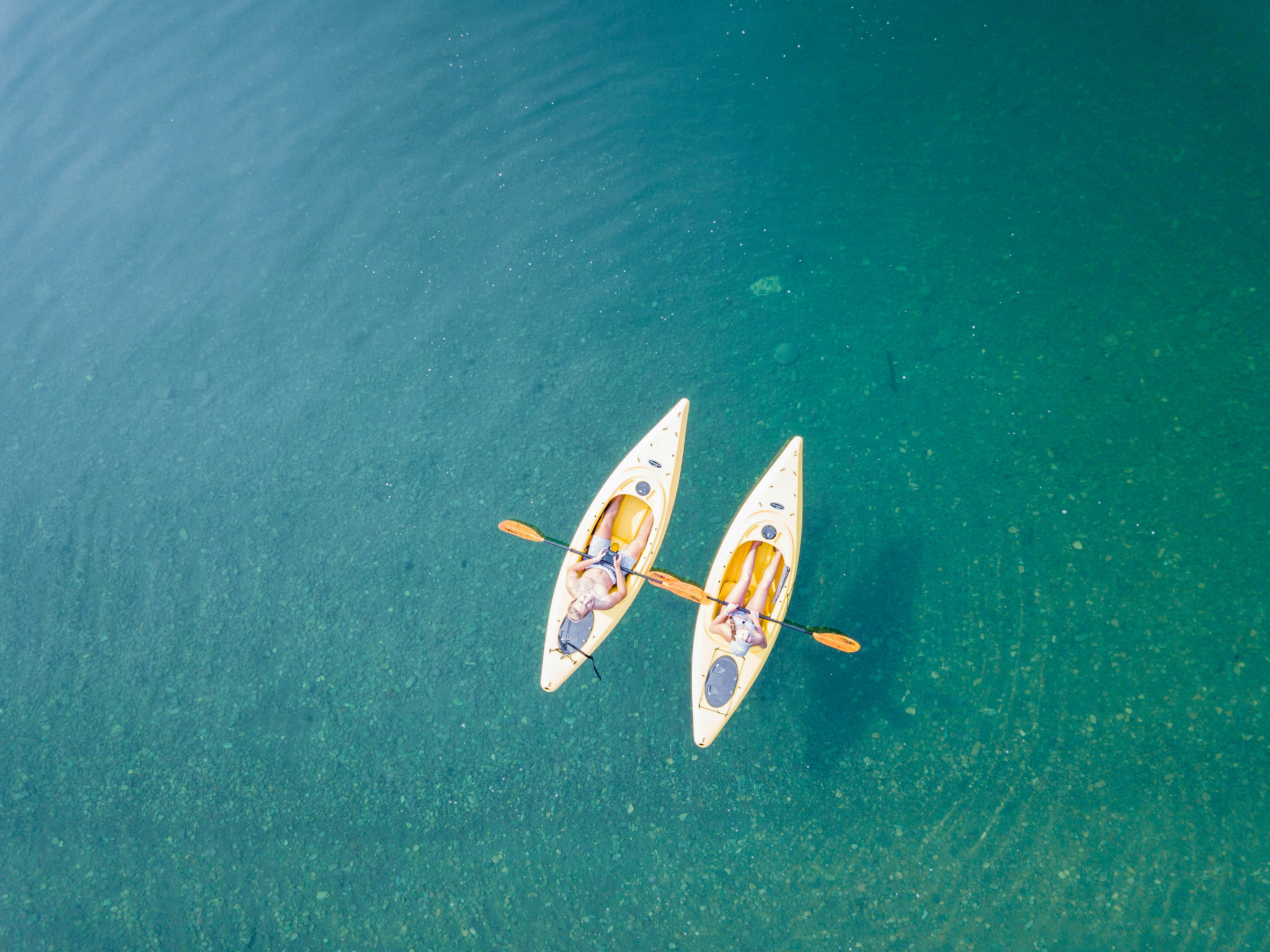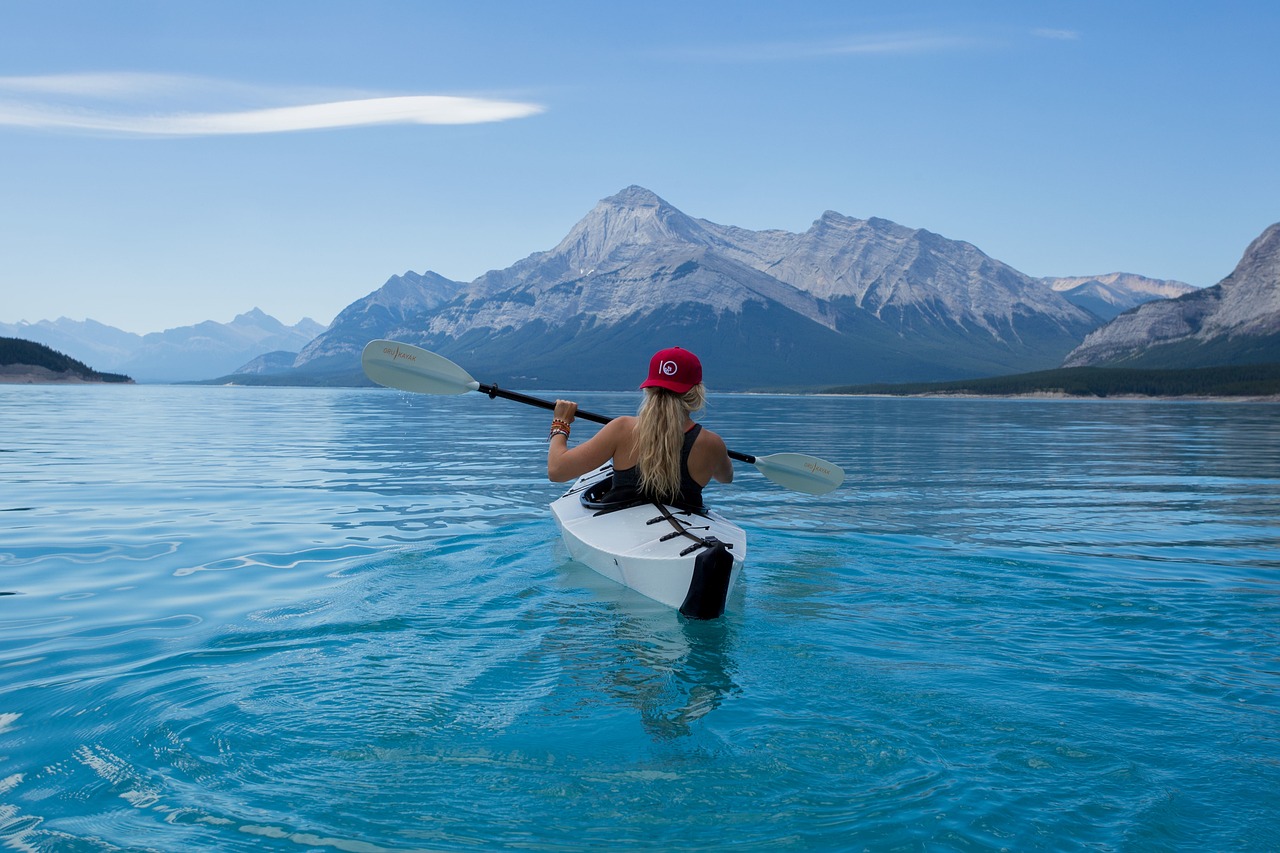Have you ever wanted to experience the thrill of sea kayaking but worried about motion sickness? Fear not, because there are several effective ways to prevent nausea and enjoy your adventure on the water. Sea kayaking offers the perfect blend of excitement and tranquility, allowing you to explore stunning coastlines and witness marine wildlife up close. Let’s dive in and learn how to keep motion sickness at bay while having a fantastic time on your kayak trips.
Key Takeaways
- Stay hydrated and avoid heavy meals before kayaking.
- Use acupressure bands and motion sickness medication.
- Focus on the horizon to maintain your balance.
- Practice relaxation techniques to keep calm.
- Choose the right kayak gear and clothing for comfort.
Understanding Sea Kayaking: How to Avoid Motion Sickness
Sea kayaking is a thrilling water sport that combines the joy of paddling with the excitement of ocean exploration. However, motion sickness can be a major buzzkill. The key to avoiding it lies in understanding the factors that contribute to it and taking preventive measures. So, what exactly is motion sickness? It occurs when your inner ear senses motion differently from what your eyes see, causing nausea, dizziness, and vomiting. But don’t worry! Here are some practical tips to keep you feeling great on the water.
| Cause | Description |
|---|---|
| Visual Mismatch | Discrepancy between what your eyes see and what your inner ear senses. |
| Inner Ear Disturbance | Movement of the fluid in your inner ear triggering nausea. |
| Stress and Anxiety | Nervousness about kayaking can exacerbate symptoms. |

Source: Joint Base Elmendorf-Richardson
Prepare Before You Paddle: Essential Tips for Sea Kayaking
Preparation is key when it comes to avoiding motion sickness. Here are some tips to help you get ready for your sea adventure:
Stay Hydrated and Eat Light
Dehydration can worsen motion sickness, so make sure you drink plenty of water before your kayak trips. Avoid heavy, greasy meals as they can upset your stomach. Opt for light snacks like fruits or granola bars instead.
Use Acupressure Bands and Medication
Acupressure bands, also known as sea bands, apply pressure to your wrists, which can help reduce nausea. Over-the-counter motion sickness medications like Dramamine can also be effective. Always consult with a healthcare professional before taking any medication.
Focus on the Horizon
Keeping your eyes on a fixed point, like the horizon, can help maintain your balance and prevent dizziness. It’s a simple yet effective way to trick your brain into feeling more stable.
Practice Relaxation Techniques
Stress can make motion sickness worse. Practice deep breathing, meditation, or other relaxation techniques to keep calm. Remember, the more relaxed you are, the less likely you are to feel nauseous.

Source: Pexels.com
Choosing the Right Kayaking Gear
Having the proper kayaking gear can make a world of difference in your comfort level and overall experience. Here are some key items to consider:
Comfortable Clothing
Wear lightweight, moisture-wicking clothing that won’t restrict your movement. A good rule of thumb is to dress in layers so you can easily adjust to changing weather conditions.
Quality Kayak and Paddle
Invest in a high-quality sea kayak that is stable and easy to maneuver. The right paddle can also make a big difference. Choose one that is lightweight and the appropriate length for your height.
Safety Gear
Always wear a life jacket, even if you’re an experienced paddler. Other essential safety gear includes a whistle, signaling device, and a first aid kit. Safety should always be your top priority.
Storage Solutions
Look for a kayak with ample storage space for your gear. Waterproof bags and containers can help keep your belongings dry and secure.

Source: Pexels.com
Sea Kayaking Techniques to Avoid Motion Sickness
Mastering the right techniques can help you stay comfortable and enjoy your sea kayaking adventure. Here are some tips:
Paddle Smoothly
Avoid jerky movements by paddling smoothly and steadily. This reduces the rocking motion of the kayak, which can trigger motion sickness.
Maintain Proper Posture
Keep your back straight and your core engaged. Proper posture helps distribute your weight evenly and improves your balance.
Use Your Core Muscles
Engage your core muscles while paddling to reduce strain on your arms and shoulders. This not only helps with balance but also makes paddling more efficient.
Take Breaks
Don’t hesitate to take breaks if you start feeling queasy. Find a calm spot to rest and rehydrate. Short breaks can help you regain your composure and enjoy the rest of your trip.
Watch this video to learn more about sea kayaking techniques and tips.
Exploring Different Sea Routes
Choosing the right sea route can significantly impact your kayaking experience. Here are some popular destinations and routes to consider:
| Destination | Highlights |
|---|---|
| Alaska | Stunning glaciers and abundant marine wildlife. |
| Hawaii | Tropical waters and vibrant coral reefs. |
| Florida Keys | Clear waters and diverse marine life. |
| Pacific Northwest | Scenic coastlines and lush forests. |
When planning your route, consider factors like weather conditions, tides, and currents. Always check local forecasts and sea conditions before heading out.
Conclusion
Sea kayaking is an incredible way to explore the ocean and experience the beauty of nature. By taking the necessary precautions to avoid motion sickness, you can fully enjoy your adventure without any discomfort. Remember to stay hydrated, eat light, use acupressure bands or medication, and focus on the horizon. Choose the right kayaking gear, practice proper techniques, and plan your sea routes carefully. With these tips in mind, you’re all set for an unforgettable sea kayaking experience.
Frequently Asked Questions (FAQs)
Q: What makes a kayak a sea kayak?
A: A sea kayak is specifically designed for ocean paddling. It typically has a longer and narrower hull for better stability and speed in open water. Sea kayaks also come with features like sealed bulkheads and storage compartments for extended trips.
Q: How do sea kayaks differ from white water kayaks?
A: Sea kayaks are longer and more streamlined compared to white water kayaks, which are shorter and more maneuverable. Sea kayaks are built for stability and speed in open water, while white water kayaks are designed for agility and quick turns in rapids.
Q: Do sea kayaks capsize easily?
A: Sea kayaks are generally stable and less likely to capsize compared to other types of kayaks. However, it’s important to practice proper paddling techniques and be mindful of sea conditions to minimize the risk of capsizing.
Q: How hard is sea kayaking?
A: The difficulty of sea kayaking varies depending on factors like weather conditions, sea state, and your fitness level. With proper training and practice, most people can enjoy sea kayaking. Beginners should start with calm waters and gradually progress to more challenging conditions.


[…] Sea Kayaking […]